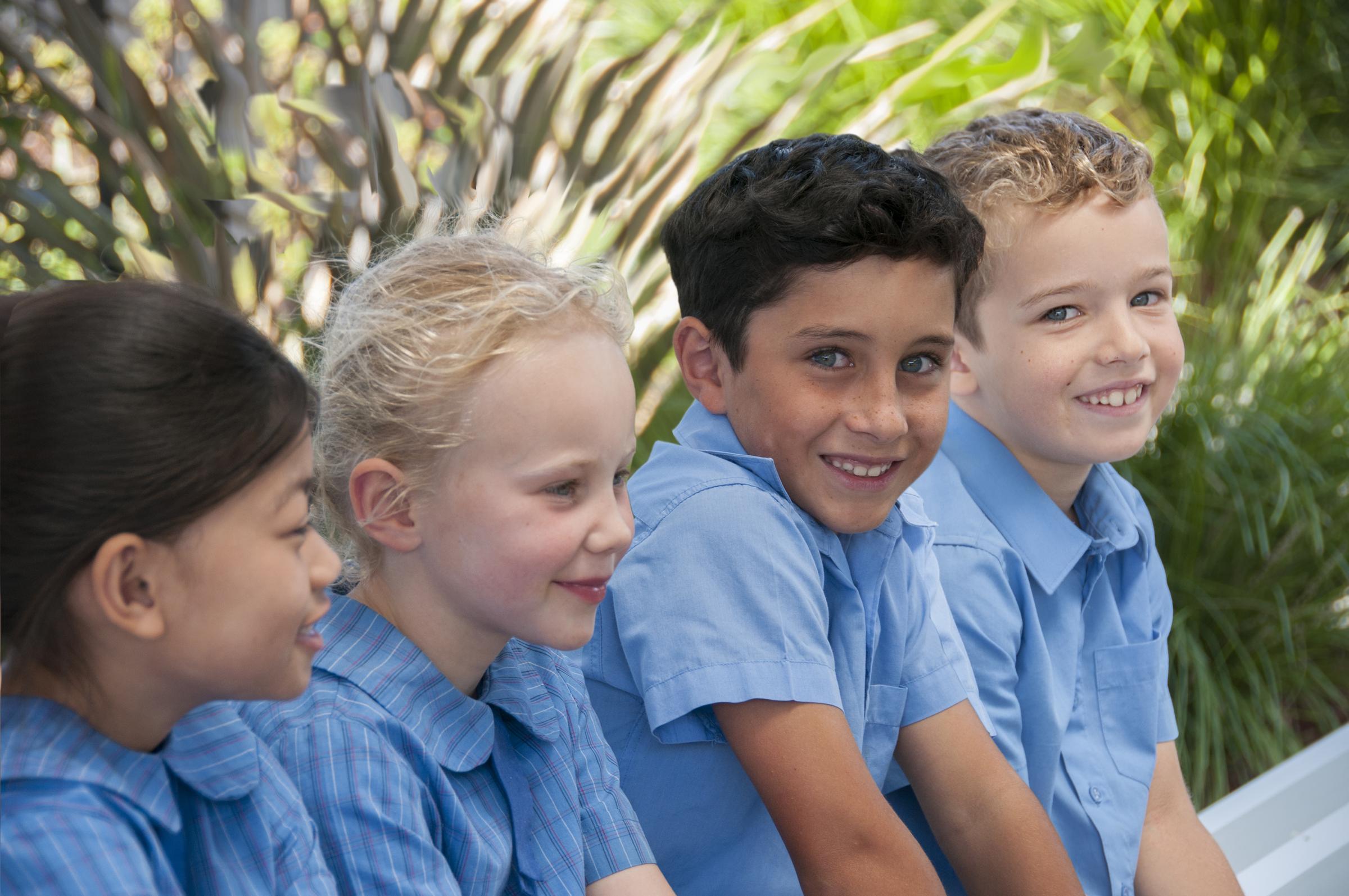Student Well-being

Community Spotlight: Year 3/4
‘Gratitude’
In the Year 3/4 Learning Community this term we have been learning about Gratitude. Students have been learning that gratitude is one of many positive emotions. It's about focusing on what's good in our lives and being thankful for the things we have. We also explored how gratitude is pausing to notice and appreciate the things that we often take for granted, like having a place to live, food, clean water, friends, family, even computer access. It's taking a moment to reflect on how fortunate we are when something good happens — whether it's a small thing or a big thing!
Students now understand that we can use lots of words to describe feelings of gratitude. We might say we feel thankful, lucky, fortunate, humbled or blessed. Students worked through the following concepts:
- Positive emotions open us up to more possibilities. They boost our ability to learn and make good decisions.
- Positive emotions balance out negative emotions. People who often feel grateful and appreciative are happier, less stressed, and less depressed.
- Gratitude is like a U-turn on complaining or thinking about what we don't have.
- One positive emotion often leads to another. When we feel grateful, we might also feel happy, calm, joyful, or loving.
- Gratitude can lead to positive actions. When we feel grateful for someone's kindness toward us, we may be more likely to do a kindness in return. Your gratitude also can have a positive effect on someone else's actions. Thanking people can make it more likely they'll show kindness again.
- Gratitude helps us build better relationships. When we feel and express heartfelt gratitude and appreciation to people in our lives, it creates loving bonds, builds trust, and helps you feel closer.
- When we make it a habit to feel grateful, it makes us more aware of good things as they happen.
Gratitude
Gratitude allows us to celebrate the present, it dispels negative emotions, builds more resilience and cultivates a higher sense of self-worth.
- Gratitude doesn’t just feel good but it’s also good for us. Brain research shows that positive emotions are good for our bodies, minds and brains. In other words: Feeling good has a gigantic impact on our well-being and life.
- One positive emotion leads to another. When we express gratitude we feel good, we feel happy, and this makes us happier. Gratitude is proven to shift your attention away from negative emotions and reduces envy and jealousy.
- Positive emotions balance out negative emotions. Gratitude is like taking a U-turn on complaining and negative thinking. This type of positive thinking decreases stress and anxiety.
- Positive emotions open up a world of possibilities. Positive emotions boost our ability to learn and make good decisions.
- Gratitude improves relationships when you say thank you and appreciate other people and what they do for you; it will help strengthen your relationship with them. It creates loving bonds and trust and helps you feel closer and more connected to others. And the list doesn’t stop at just your family. You can feel connected and more satisfied with your friends, school, community and even yourself.
- Gratitude even leads to positive actions. When we feel grateful for someone’s kindness towards us, we are more likely to do a kindness in return. And thanking people will make it more likely they’ll do a kindness again.
How to teach Gratitude to kids:
- Noticing – Start by becoming aware of a person, place, or thing you want to appreciate. Did someone do something nice for you? Did someone give you something or take you somewhere fun?
- Thinking – Start thinking about why you’ve been given these things. What are all the reasons why you are thankful for this person or thing? Why do you think they did something nice for you? Did you do anything to deserve their kindness? Does this mean something to you? Is it fun? Exciting? Why do you love it?
- Feeling – The emotions you experience as a result of the things you’ve been given. When you think about these special things or people how do you feel? Happy, silly, excited, calm, peaceful, or proud?
- Doing – The way you express appreciation. What can you do to express your gratitude for this person, place, or thing? Think action.
Here are a few gratitude activities for kids that will help make gratitude a daily ritual:
- Take turns at dinner sharing one awesome thing from your day
- At bedtime, say three things you appreciate about each other
- In the car play a game where you say all the things you love (color, food, movie, hobby, school class, sport, song, etc)
- Every Sunday share one nice thing you will do for someone this week
25 Reasons To Be Thankful!
Never take for granted how a quick 'thank you!' can go such a long way.
Take care and stay safe,
Lauren Borg
Student Well-being Leader

